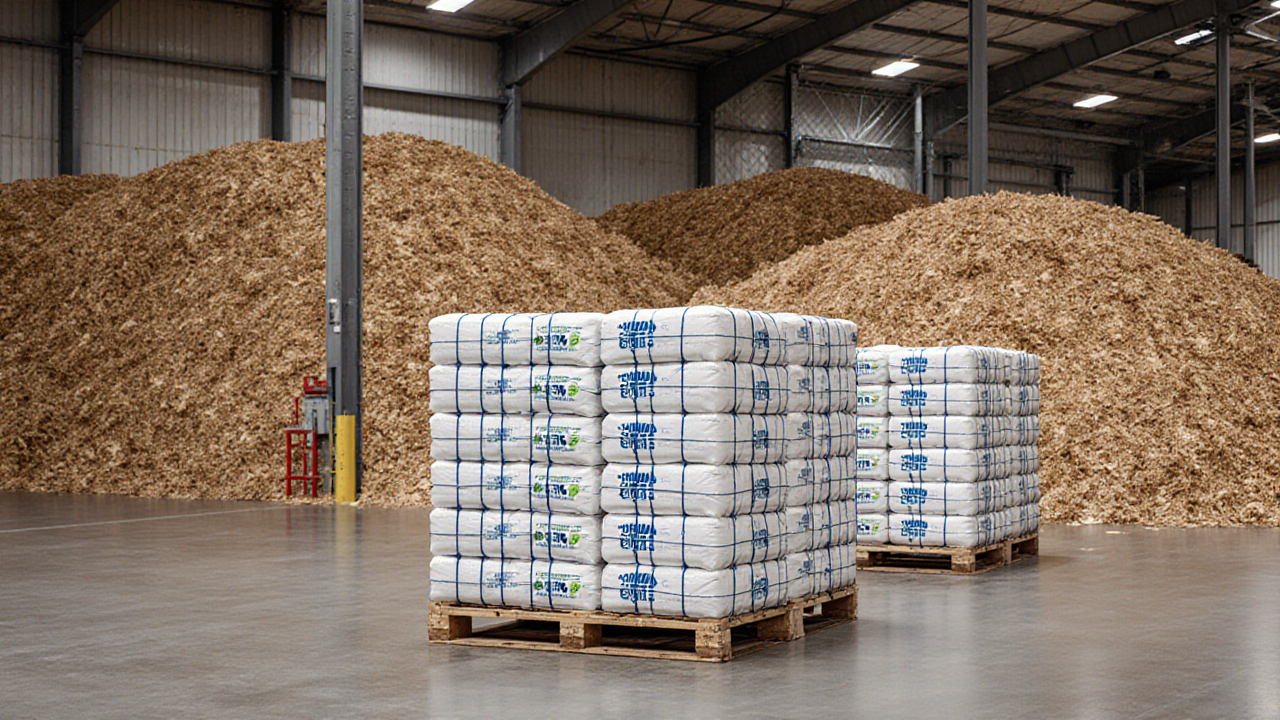
When a team of biotechnologists in a small Baltic nation discovered a yeast that turns sawdust‑derived sugars into edible fat, the implications rippled far beyond the laboratory. The breakthrough offers a pathway to replace palm oil, the world’s most widely used vegetable fat, with a product that can be produced in temperate climates, sidestepping the deforestation and biodiversity loss that accompany tropical palm plantations. For supply chain leaders, this represents a rare convergence of sustainability, cost control, and new source diversification.
The core of the innovation lies in a genetically engineered strain of yeast that diverges from conventional fermentation. While most microbes convert sugars into carbon dioxide or alcohol, this strain diverts the metabolic flux toward triglyceride synthesis. The resulting fat profile closely mirrors that of existing vegetable oils and even resembles chicken fat in its solid‑state characteristics. By adjusting fermentation parameters, the process can yield either a solid fat or a liquid oil, opening doors to both food and cosmetic applications. The ability to produce a comparable product from low‑cost, locally available agricultural residues—corn, sugarcane, and lumber—means that the feedstock can be sourced from existing supply chains without adding new raw material demands.
Operationally, the technology is already primed for scale. The founders have secured $7 million in capital and attracted interest from more than 100 companies worldwide. They have also earned a 2024 sustainability award that underscores the environmental credentials of the process. The plan is to build a commercial production facility by 2027, with a licensing strategy that targets both food and cosmetic manufacturers. Early‑stage regulatory approval is underway, with Singapore identified as the first market due to its progressive stance on alternative food ingredients.
From a supply chain perspective, the shift to precision fermentation of ag waste offers several strategic advantages. First, it decouples fat supply from the volatile price swings of palm oil, which are driven by geopolitical tensions and environmental policy shifts. Second, the feedstock’s ubiquity across temperate regions reduces transportation distances and associated carbon footprints. Third, the modular nature of fermentation facilities allows for rapid scaling and geographic dispersion, enabling firms to maintain local supply resilience while meeting global demand.
The broader industry lesson is that sustainability and efficiency need not be mutually exclusive. By reengineering biological pathways, a single organism can transform waste streams into high‑value commodities, turning a liability into an asset. Supply chain executives should view such innovations as catalysts for redesigning procurement, logistics, and risk management frameworks. Integrating precision fermentation into existing portfolios can create new revenue streams, strengthen brand equity, and align operations with the growing consumer demand for responsibly sourced ingredients.
To capitalize on this opportunity, leaders should adopt a phased approach. Initially, conduct a feasibility study to map local ag waste availability and assess the alignment with existing infrastructure. Next, engage with technology partners early to secure intellectual property rights and negotiate licensing terms that preserve flexibility. Finally, embed sustainability metrics into supplier evaluation criteria, ensuring that the new feedstock contributes to measurable carbon reduction goals.
In an era where climate risk and resource scarcity dominate the risk landscape, the ability to convert low‑value waste into high‑value, low‑carbon fats represents a game‑changing supply chain innovation. It demonstrates that with the right blend of biotechnology, strategic sourcing, and forward‑thinking leadership, the industry can simultaneously drive profitability and stewardship.
Loading comments...